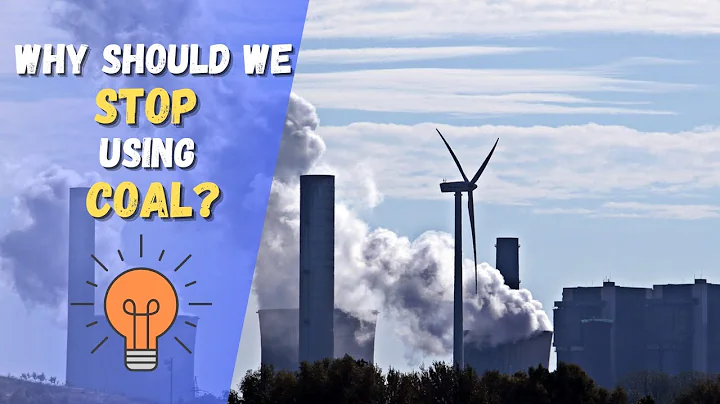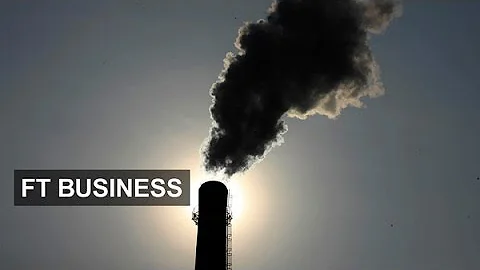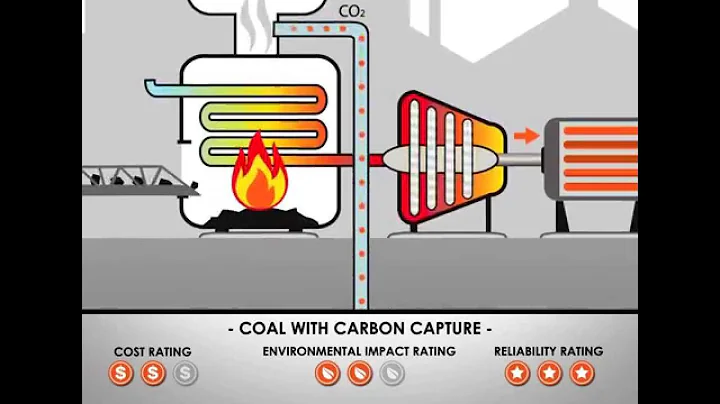On the eve of the peak summer electricity consumption period, the news that relevant departments called on coal companies to take the initiative to reduce prices has significantly expanded the decline in thermal coal prices in the off-season. The overall requirement to continuously reduce electricity prices, as well as the continued losses of thermal power companies in recent years, are the core reasons why there has always been a "policy ceiling" for rising coal prices. As new high-quality coal production capacity continues to increase, the coal market supply conditions are gradually maturing, and seeking room for electricity price reduction from coal prices may become a policy guideline in the future.



Since my country implemented supply-side structural reforms in 2016, reducing electricity prices has become one of the necessary measures to reduce business operating costs and deepen supply-side reforms, and has been frequently written into government work reports. The 2018 "Government Work Report" clearly stated that non-tax burdens on enterprises will be significantly reduced, power grid charges and transmission and distribution prices will be reduced, and general industrial and commercial electricity prices will be reduced by an average of 10%. The 2019 "Government Work Report" once again clearly stated that we will deepen the power market reform, clean up the surcharges on electricity prices, reduce the cost of electricity in the manufacturing industry, and reduce the average electricity price for general industry and commerce by another 10%.
Electricity prices can be divided into four categories according to the nature of electricity consumption: residential, agriculture, large industry, and general industry and commerce. The electricity price for general industry and commerce is the highest among these four categories, and it involves many small and medium-sized enterprises. It has a very wide scope and attracts high social attention. For power grid companies, the electricity price is also called sales electricity price , which generally consists of four parts: on-grid electricity price + transmission and distribution price + grid loss + government funds. If you want to lower electricity prices, you can start from the perspectives of power generation, power grid, reducing miscellaneous charges, and price reduction in market-based electricity transactions.
The National Development and Reform Commission issued five documents in 2018 to implement the first batch of measures to reduce general industrial and commercial electricity prices, which mainly include comprehensively implementing the power grid clearing policy, promoting transmission price reform, reducing grid link charges, temporarily reducing transmission and distribution prices, Lowering the value-added tax rate in the electric power industry, canceling some monopoly service charging items of power grid companies, expanding the scale of cross-provincial power transactions, and reducing the collection standards for major water conservancy project construction funds by 25%, etc., generally focusing on the power grid link.
On May 15, 2019, in order to implement the requirement to reduce the average electricity price for general industry and commerce by another 10%, the National Development and Reform Commission issued the "Notice on Lowering Electricity Prices for General Industry and Commerce", clarifying the second batch of price reduction measures, which mainly include the collection standards for major water conservancy project construction funds. Reduce the price by 50%, and all the price reduction space caused by the reduction of value-added tax to 13% for special projects in inter-provincial and cross-regional power transmission or non-market trading of hydropower and nuclear power will be used to reduce general industrial and commercial electricity prices, and actively expand the scale of general industrial and commercial users to participate in market-based electricity transactions. etc., the overall focus is still on the power grid link and price reduction in market-based electricity transactions.
It can be seen that thermal power companies, which are the main power generation companies in my country, have basically not taken on the task of reducing electricity prices. The main reason behind this is that in the context of continued high thermal coal prices in recent years, thermal power companies generally suffer losses, and coal-fired power companies generally suffer losses. There is no room for price reductions in the grid-connected electricity prices for power generation.
The on-grid electricity price of coal-fired power generation is generally determined by referring to the coal and electricity price linkage mechanism. In order to alleviate the price contradiction between coal and electricity, my country introduced the coal-power linkage mechanism in 2004. From 2004 to 2011, the on-grid electricity price of coal-fired power generation was raised seven times in a row, and then lowered four consecutive times from 2013 to 2016. Research shows that in the process of coal-power linkage, the adjustment of electricity prices always lags behind the changes in coal prices, and the coal-power linkage mechanism has almost entered a "stagnant" state since 2017. In other words, although coal prices have risen rapidly since 2016, due to the overall requirement to reduce electricity prices, the possibility of raising on-grid electricity prices for coal-fired power generation based on coal prices has dropped to zero. In July 2017, the on-grid electricity price for coal-fired power generation nationwide was raised once, not based on the coal-power linkage, but on the electricity price space vacated by canceling and reducing some government funds and additional fees.
For thermal power companies whose profitability is worrying, it is good news that the on-grid electricity price for coal-fired power generation will not be lowered for the time being. If the government continues to require reductions in general industrial and commercial electricity prices next year, the probability of a reduction in on-grid electricity prices for coal-fired power generation will increase. By then, thermal power companies will have no choice but to seek more room for reductions in on-grid electricity prices from coal prices.
Large coal companies have lowered monthly long-term contract prices
It is reported that in order to balance the interests of both coal and electricity parties, the National Development and Reform Commission recently made two demands to coal companies. First, the annual mid- and long-term contract benchmark price will be reduced from 535 yuan/ton to 520 yuan. / ton, the second is to reduce the monthly long-term agreement price to the yellow range, that is, the price of 5,500 kcal thermal coal at the Bohai Rim port is reduced to less than 600 yuan/ton. In early June, the thermal coal price policies announced by some large coal companies basically verified the above news. The monthly long-term contract price of 5,500 kcal thermal coal in Bohai Rim ports dropped significantly by 21 yuan/ton to 599 yuan/ton from the previous month.
At the same time, we noticed that the China Coal Industry Association and the China Coal Transportation and Marketing Association jointly issued an initiative on ensuring supply, stabilizing the market, emphasizing integrity, and ensuring safety on May 29, calling on coal companies to proceed from the overall situation of sustained and healthy development of the national economy. Maintain the smooth operation of the coal market. This reflects from the side that the proposals of relevant departments for coal enterprises have been taken seriously by the coal industry association.
In fact, since late April, due to the impact of declining demand, port coal prices have basically been in a downward trend. The biggest resistance comes from the strong price of coal in the origin. In late May, the price of coal from the origin began to loosen, which became the last straw for coal prices at ports. At present, the market price of 5,500 kcal coal from non-Changhe Association in Bohai Rim ports has dropped to 592 yuan/ton. It is expected that the spot price of thermal coal will continue to decline weakly in June due to the demonstration effect of large-scale coal companies' initiative to reduce prices.

Downstream demand is not optimistic
html April to May is the traditional off-season for thermal coal consumption. Taking the average daily coal consumption of major power generation groups in coastal areas as an example, it can be seen that this year's thermal coal demand is significantly weaker than the same period in previous years. As of June 3, the average daily coal consumption of major power generation groups in coastal areas was only 546,200 tons, and the coal inventory climbed to 17.6895 million tons. The inventory availability was as high as 32.39 days. The abundance of downstream inventory is much greater than the same period in previous years.seasonal patterns show that the average daily coal consumption will increase month-on-month after June and reach the summer peak in August. However, there are at least two factors that will restrict the performance of downstream demand for thermal coal this summer. First, downstream stocks are already high, and the willingness to replenish stocks in the future is weak; second, there is a high probability of excessive rain in my country this year, and hydropower will significantly squeeze the demand for thermal power.
In addition, China's manufacturing PMI returned to below the boom-bust line in May 2019, reporting at 49.4%, down 0.7 percentage points from the previous month and hitting a three-month low, indicating the drag on economic growth caused by the stalled manufacturing industry. If the downward pressure on the macro economy further intensifies, it will also add new worries to the downstream demand for thermal coal.
Futures discounts have expanded
This year, market entities expect the full-year thermal coal supply and demand to expand new production capacity and pessimistic total demand. Therefore, the selling pressure on thermal coal futures is relatively large, and the main contract prices of thermal coal futures continue to be at a discount to spot prices. The price of the far-month contract is also lower than the price of the near-month contract.
After the intervention of relevant departments at the end of May, the market expects that the short-term supply and demand situation in the thermal coal market will gradually shift from weak supply and demand to oversupply: supply increases steadily and demand continues to be weak.
Affected by this, both the thermal coal futures and spot markets have fallen recently. However, the discount between the main futures contract and the mainstream spot price has not been significantly restored. Instead, the futures discount has expanded, releasing the main 1909 contract to fall. A sign that the pressure is still high.
In addition, the thermal coal futures price curve has begun to become smoother as a whole, and the decline of the far-month 1911 and 2001 contracts has slowed down. If the coal supply guarantee measures are effectively implemented in the future, it will be less affected by factors such as security inspections and environmental protection. The second half of the year cannot be ruled out. The possibility of the thermal coal futures market turning from a reverse market to a forward market.
This article comes from Futures Daily
For more exciting information, please visit the financial website (www.jrj.com.cn)





















